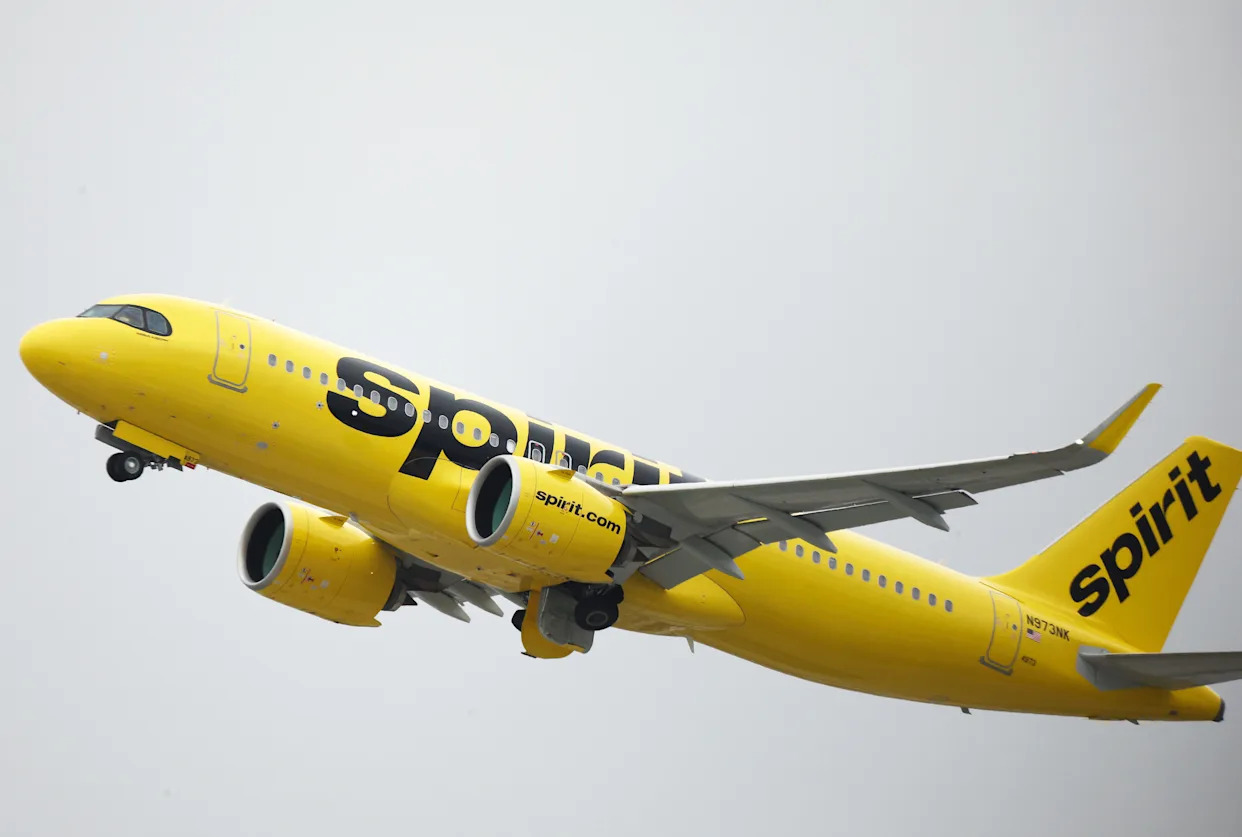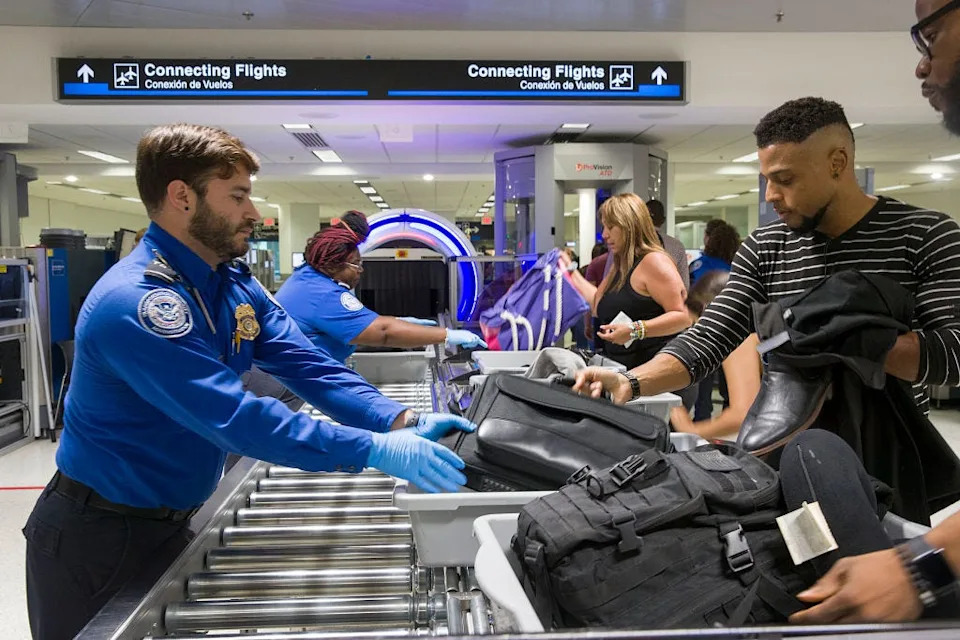
A Spirit Airlines flight from Philadelphia to San Juan appeared to have flown directly through the path of Hurricane Erin on Monday, prompting online speculation about the flight's safety.
While radar and flight tracking images of flight NK2298 may suggest the plane was in for a rough go, the airline insists the course was completely safe. Spirit noted to USA TODAY that the flight operated normally and there were no injuries reported when it landed.
"Safety is always our top priority," the airline said in a statement. "Our pilots followed procedures and Air Traffic Control (ATC) instructions while en route to San Juan (SJU). Our Operations Control Center closely tracks weather systems and works with our pilots and ATC to determine flight paths that safely navigate around or above adverse weather conditions."
Michael McCormick, coordinator of the Air Traffic Management Program at Embry-Riddle Aeronautical University said he reviewed conditions and reported flight data from the Spirit jet and found no reason for concern.
"The aircraft was at FL 370 (37,000 feet) and only light turbulence was reported in that area," McCormick told USA TODAY in a written statement. "At that altitude, the aircraft would be above the significant weather with the worst activity to the north of the flight path."
85732203007
At the time, Hurricane Erin was a Category 4 storm, but it has since been downgraded to Category 2.
Pilots are not required to notify passengers of the specific weather conditions they'll encounter on a flight. However, many pilots do make announcements about their expectations before and during a flight.
Planes do not take off if airline operations staff and air traffic control expect conditions to be unsafe along their planned flight path, and pilots work with people on the ground to respond in real time to weather conditions as they develop and avoid any potential dangers.
Planes are designed to navigate rough weather conditions, and it's likely that the pilots were cruising in relatively – if not completely – clear air around the storm, even if the radar looked stormy.
“Airplanes themselves are very capable,” Ken Byrnes, assistant dean and chairman of flight training at Embry-Riddle Aeronautical University, previously told USA TODAY. “When you look at how these aircraft are designed, they’re designed to withstand tremendous loads.”
In 2017, a Delta Air Lines flight departing San Juan similarly drew attention when flight tracking and radar images showed it threading the needle between bands of Hurricane Irma as that system passed over Puerto Rico as a Category 5 storm.
At the time, a Delta spokesperson told Wired that the airline's staff made sure there was a safe path for the plane in and out of San Juan before it ever took off, and noted that wind speeds in its flight path were hitting just 31 knots, well below the plane's design capabilities.
“The goal of the airline is to provide the highest level of customer service, but at the utmost safety,” Byrnes said. “They’re not going to take risks that are unnecessary in order to meet that demand because it’s just not worth it.”
(This story was updated to add new information.)
Zach Wichter is a travel reporter and writes the Cruising Altitude column for USA TODAY. He is based in New York and you can reach him at [email protected].
This article originally appeared on USA TODAY: Did a Spirit plane fly through Hurricane Erin? Airline explains






Comments